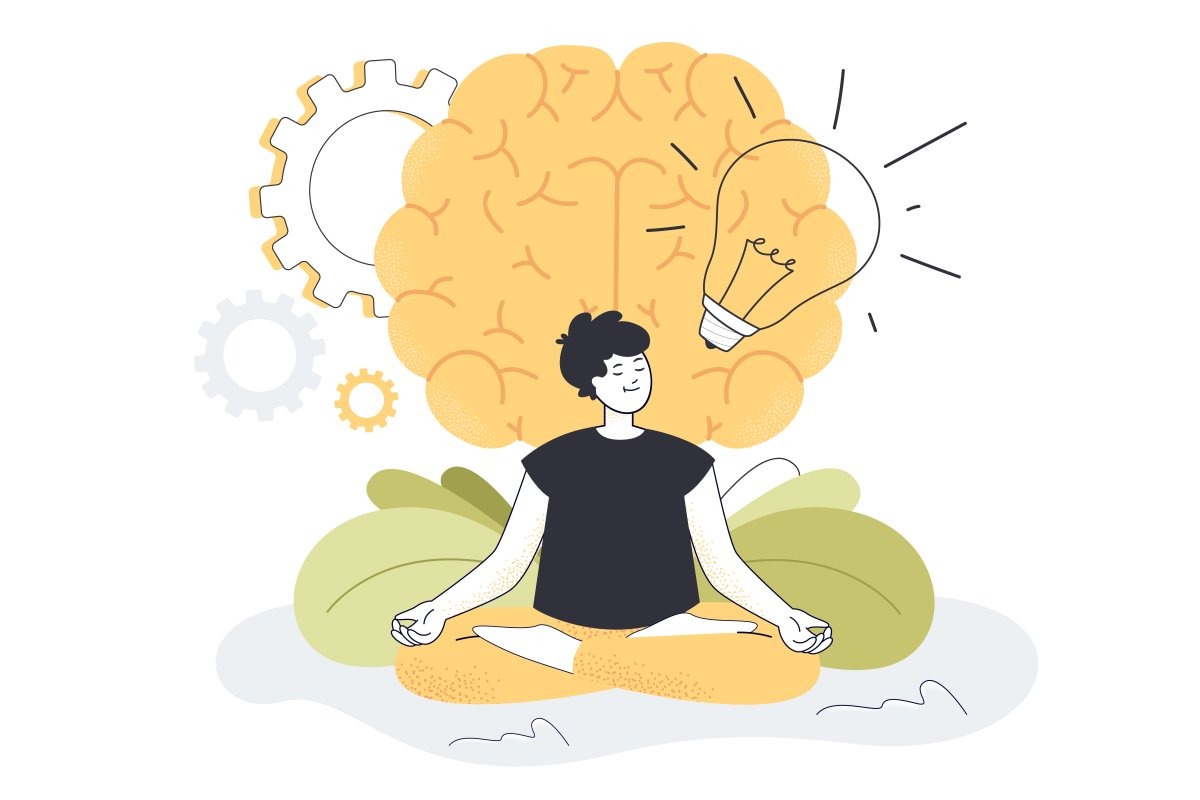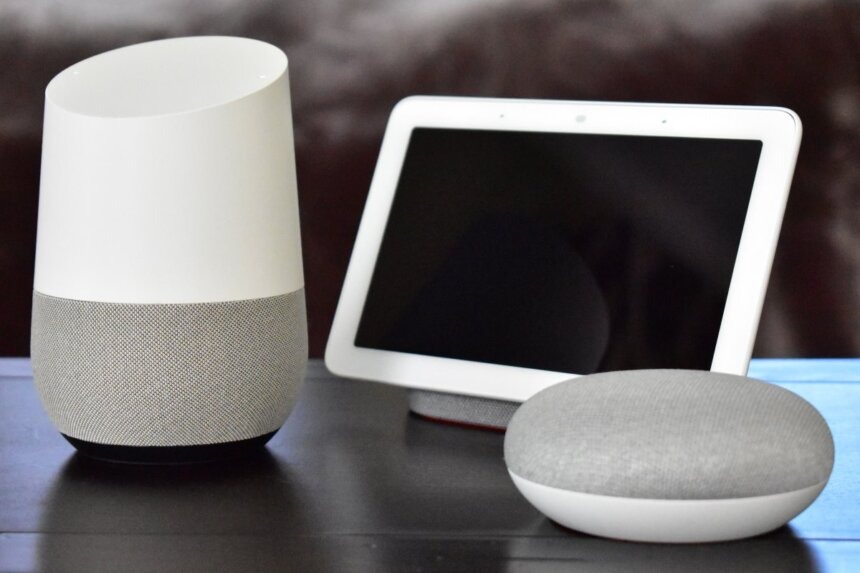How Does Technology Impact Our Lives In Unexpected Ways
Technology has become an integral part of our daily lives, influencing how we communicate, work, and entertain ourselves. However, its impact extends far beyond the obvious conveniences and efficiencies. In this blog post, we will explore the unexpected ways technology affects our lives, examining both the positive and negative consequences.

The Evolution of Communication
Technology has revolutionized the way we communicate. From instant messaging and social media to video conferencing, the speed and ease with which we can connect with others have increased dramatically.
Enhanced Connectivity
Modern technology allows us to stay in touch with friends and family across the globe. Video calls enable face-to-face conversations, bridging the gap created by physical distance. This enhanced connectivity fosters stronger relationships and provides a sense of closeness despite geographical barriers.
Communication Overload
However, the constant availability and immediacy of communication can lead to stress and burnout. The pressure to respond quickly and be available at all times can overwhelm individuals, affecting their mental health and work-life balance.
Digital Relationships
The rise of social media has transformed how we form and maintain relationships. While it offers opportunities to connect with like-minded individuals and join supportive communities, it can also lead to superficial interactions and a sense of isolation if not balanced with real-life connections.
The Impact on Mental Health
The relationship between technology and mental health is complex and multifaceted. While technology can provide support and resources for mental well-being, it can also contribute to mental health issues.
Access to Mental Health Resources
Online platforms and apps offer access to mental health resources, including therapy sessions, support groups, and self-help tools. These resources can be particularly beneficial for individuals who may not have access to traditional mental health services.
Social Media and Self-Esteem
Social media can negatively impact self-esteem and body image. The curated nature of social media profiles often leads to comparisons and unrealistic expectations, contributing to feelings of inadequacy and low self-worth.
Screen Time and Anxiety
Excessive screen time, particularly on smartphones and social media, is associated with increased anxiety and depression. The constant stream of information and notifications can be overwhelming, leading to stress and difficulty concentrating.
The Transformation of the Workplace
Technology has transformed the workplace, altering how we perform tasks, communicate with colleagues, and manage our time.
Remote Work
The COVID-19 pandemic accelerated the adoption of remote work, enabled by technology such as video conferencing, collaboration tools, and cloud computing. Remote work offers flexibility and can improve work-life balance, but it also presents challenges such as isolation and difficulty separating work from personal life.
Automation and Job Displacement
Advances in artificial intelligence and automation have led to increased efficiency and productivity in many industries. However, these advancements also pose a risk of job displacement, particularly for routine and manual tasks. Workers may need to acquire new skills to adapt to the changing job market.
Digital Collaboration
Collaboration tools such as Slack, Microsoft Teams, and Trello have transformed how teams work together. These tools facilitate communication, project management, and file sharing, making it easier for teams to collaborate regardless of location. However, the constant connectivity can also lead to burnout if not managed properly.
Education and Learning
Technology has reshaped education, providing new opportunities for learning and access to information.
Online Learning
Online learning platforms and courses have made education more accessible to people worldwide. Students can learn at their own pace and access a wide range of subjects and resources. This flexibility is particularly beneficial for individuals who cannot attend traditional educational institutions.
Digital Distraction
While technology offers educational benefits, it can also be a source of distraction. Students may find it challenging to focus on their studies with the constant allure of social media, games, and other online activities.
Interactive Learning Tools
Interactive learning tools such as educational apps, virtual labs, and gamified learning experiences can enhance student engagement and understanding. These tools make learning more dynamic and enjoyable, fostering a deeper interest in the subject matter.
Health and Well-being
Technology has significantly impacted health and well-being, offering both benefits and challenges.
Wearable Technology
Wearable devices such as fitness trackers and smartwatches provide insights into our physical activity, sleep patterns, and overall health. These devices can motivate individuals to lead healthier lifestyles and monitor health conditions.
Telemedicine
Telemedicine has revolutionized healthcare by providing remote access to medical consultations and services. This is particularly beneficial for individuals in remote or underserved areas, offering convenient and timely medical care.
Health Data Privacy
The collection and storage of health data by wearable devices and telemedicine platforms raise concerns about privacy and security. Ensuring that this sensitive information is protected is crucial to maintaining trust in these technologies.
Environmental Impact
Technology has both positive and negative effects on the environment.
Sustainable Technologies
Innovations such as renewable energy sources, electric vehicles, and smart grids are contributing to a more sustainable future. These technologies help reduce carbon emissions and reliance on fossil fuels.
E-Waste
The rapid pace of technological advancement leads to the generation of electronic waste (e-waste). Disposing of old devices responsibly and recycling components are essential to mitigating the environmental impact of e-waste.
Energy Consumption
The increasing use of data centers and digital devices contributes to higher energy consumption. Finding ways to make these technologies more energy-efficient is critical to reducing their environmental footprint.
Social and Cultural Shifts
Technology has influenced social and cultural norms, changing how we interact and perceive the world.
Cultural Exchange
The internet has facilitated cultural exchange, allowing people to learn about and appreciate different cultures. This global connectivity fosters understanding and tolerance.
Digital Divide
Despite the widespread availability of technology, a digital divide persists, with some communities lacking access to the internet and digital devices. Bridging this divide is essential to ensure that everyone can benefit from technological advancements.
Changing Social Norms
Technology has altered social norms and behaviors. For example, the rise of social media has changed how we communicate and share information, leading to new forms of social interaction and expression.
Conclusion: Navigating the Technological Landscape
Technology impacts our lives in unexpected and multifaceted ways. While it offers numerous benefits, it also presents challenges that require careful navigation. By understanding these impacts, we can leverage technology to improve our lives while mitigating its negative effects. Embracing a balanced approach to technology use, prioritizing mental health, and promoting digital literacy are essential steps toward a healthier, more connected future.




